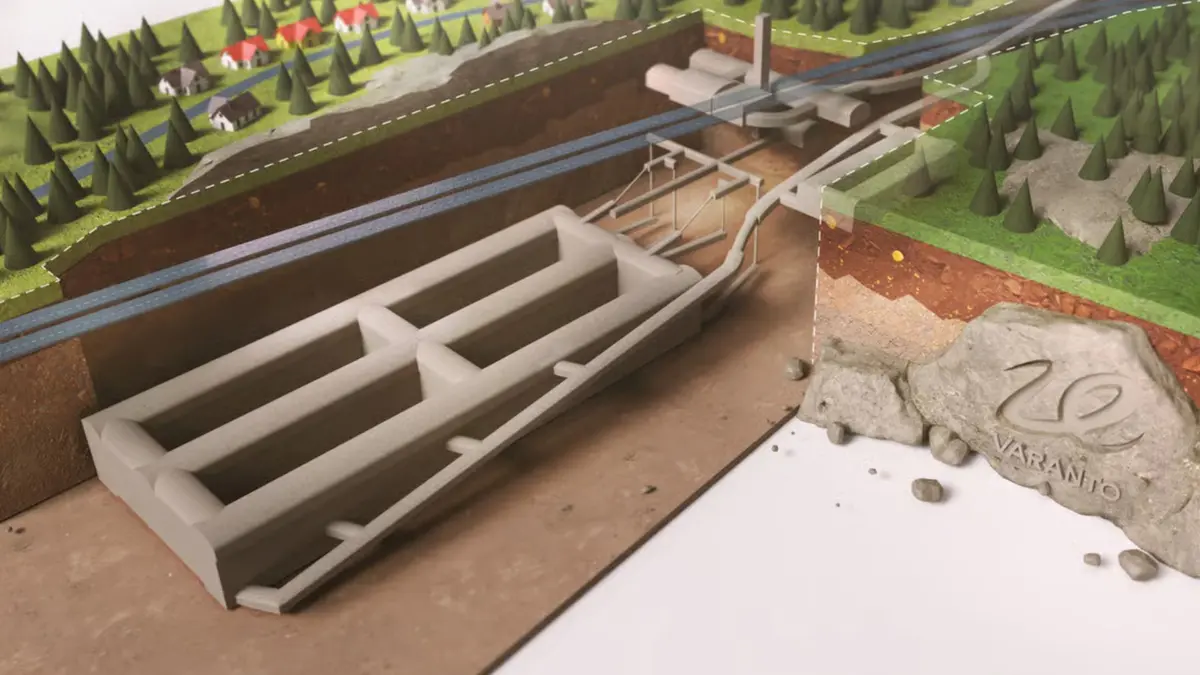In Florida — and similar hot and humid states — summer is a terrible time for air-conditioning systems. Not only are they always running, racking up power usage and energy bills, but they’re under considerable stress and often experience failures or performance issues. If you’ve ever had your AC cut off during a heat wave, you know exactly what we’re talking about.
That’s why choosing a proper HVAC solution and provider is essential. Soon, however, it may be just as important to select the appropriate technology. New AC technologies may soon be on the way to remedy a lot of problems with conventional cooling systems — especially in regards to efficiency and consumption levels that contribute to inordinately high energy bills.
Here are four of the most promising technologies in development.
- Cooling Heat Pump
A team from United Technologies Research Center based in Connecticut is developing a unique heat pump that should be able to cool interiors without using any chemical refrigerants. It employs electrocaloric, solid-state technology to provide an efficiency improvement of 25 percent over traditional cooling systems. The system also takes up less space, is relatively quiet, and has fewer mechanical parts — meaning reliability and maintenance are considerably improved.
The elimination of coolant is also great for the environment. Conventional AC units require a supply of fluorocarbon refrigerant or Freon to pump cool air. Leaks are relatively common, however, which reduces the efficiency of the unit and also causes damage to the surrounding environment.
- Membrane-Based Air Conditioner
A Florida-based company called Dais Analytics is working collaboratively with a team from the Oak Ridge National Laboratory to develop an innovative roof-mounted air conditioner. This new technology will utilize a membrane-based setup to take advantage of the cooling properties of water. This allows the system to cool spaces without the need for a refrigerant or other harmful chemicals.
The system offers “improved comfort and control” over the process of cooling, while also providing a 30 to 50 percent reduction in energy usage. That could save a lot of money.
- Personal Cooling Cloud
Researchers from the Massachusetts Institute of Technology’s SENSEable City Lab have developed an incredible cooling technology that works just like something you’d see in cartoons. The system is called Cloud Cast, and it’s an air-conditioning solution that targets exactly the space you occupy in a room. Imagine in cartoons when a small rain cloud pours on a single character — this is roughly the same thing — only with cold air.
Why waste energy to heat or cool an entire room or building when you can focus on a smaller, occupied space?
This tool uses an array of aluminum rods, which are installed in the ceiling of the residence or building. Inside the rods are powerful sensors that can detect the speed and location of people below. As you pass by — or stand — nebulizers produce cold air to keep you comfortable.
Sadly, right now it’s nothing more than a proof of concept, but it’s an excellent example of how HVAC and cooling technologies are being pushed to their limits. However, the right HVAC company will know the best ways to resolve any issues.
- Renewable Energy Units
An Australian company called Chromasun has developed thermally driven AC units that utilize solar energy and natural gas. The solar thermal energy powers the unit, while the supplemented natural gas helps cool the air passing through it.
The result is incredibly reliable, low-cost, and efficient air-conditioning systems that can operate at elevated temperatures — as high as 350 degrees Fahrenheit.
Innovative AC Technologies Are Changing the Cooling Industry
It’s about time for conventional air-conditioning and heating systems to become more modernized. We certainly need to cut down on the amount of energy they consume, but improving reliability is also a significant boon — especially in hot and humid climates.
While some of these AC technologies are a few years off, the good news is that many developing solutions should kick into gear plenty of opportunities for change and growth over the next decade.







